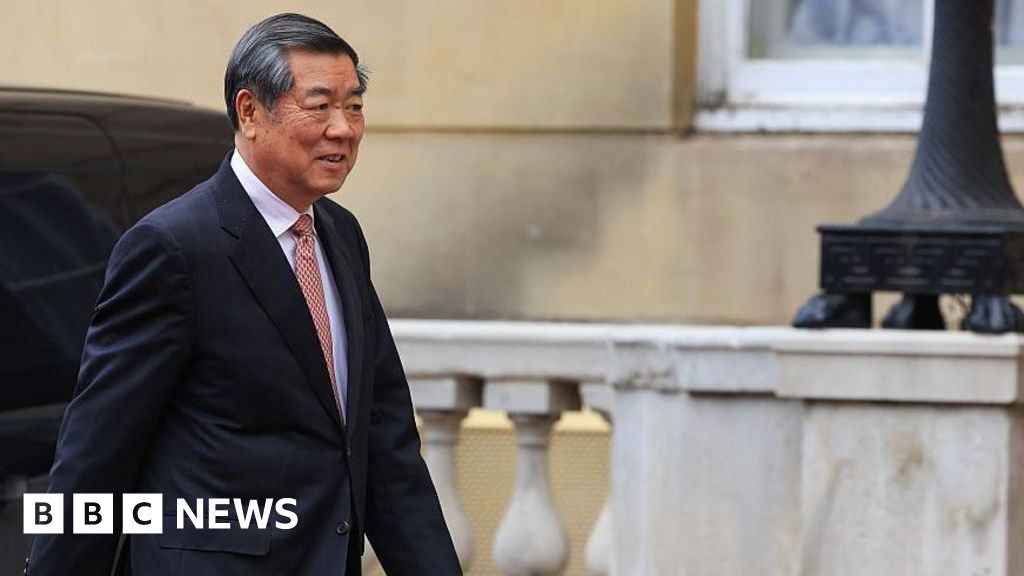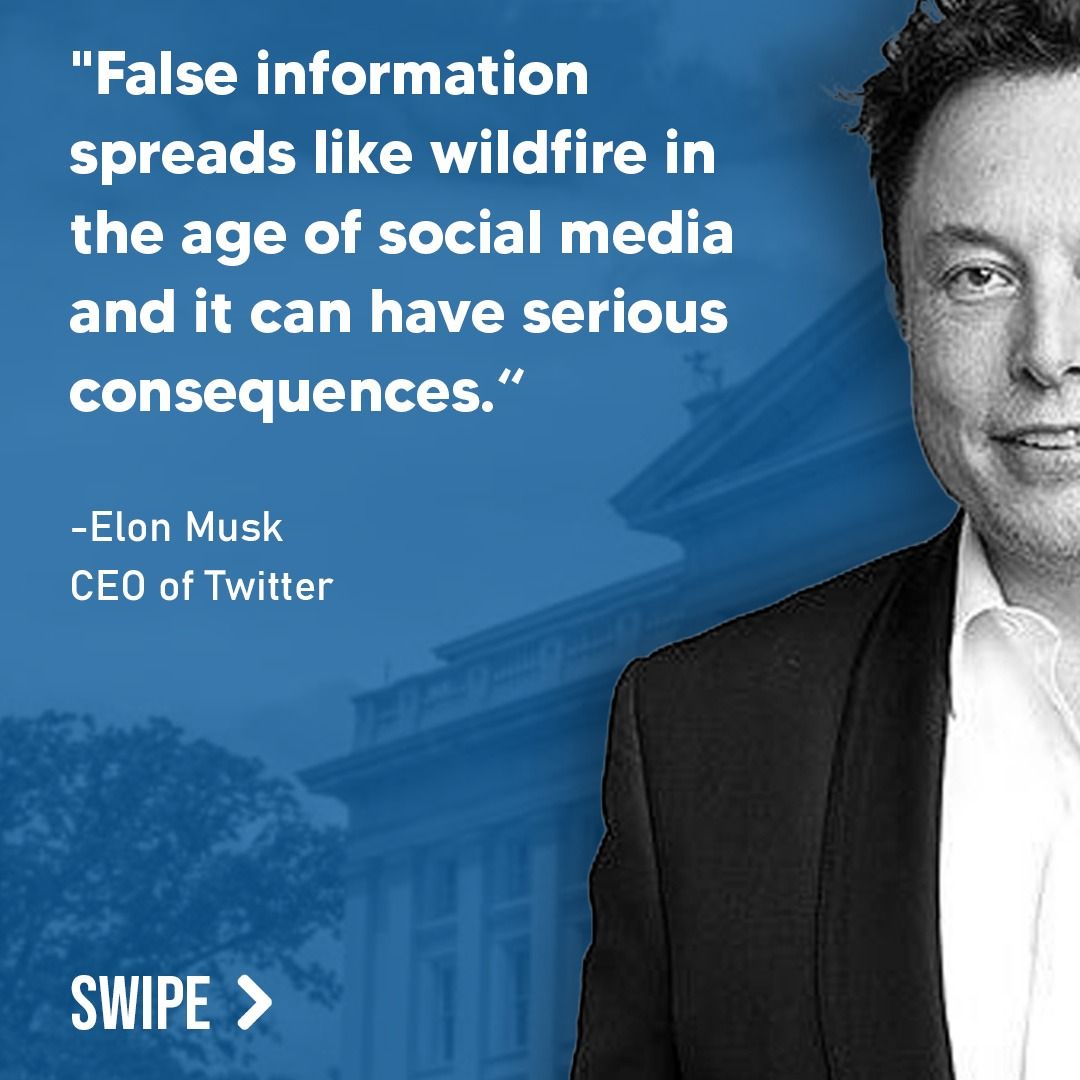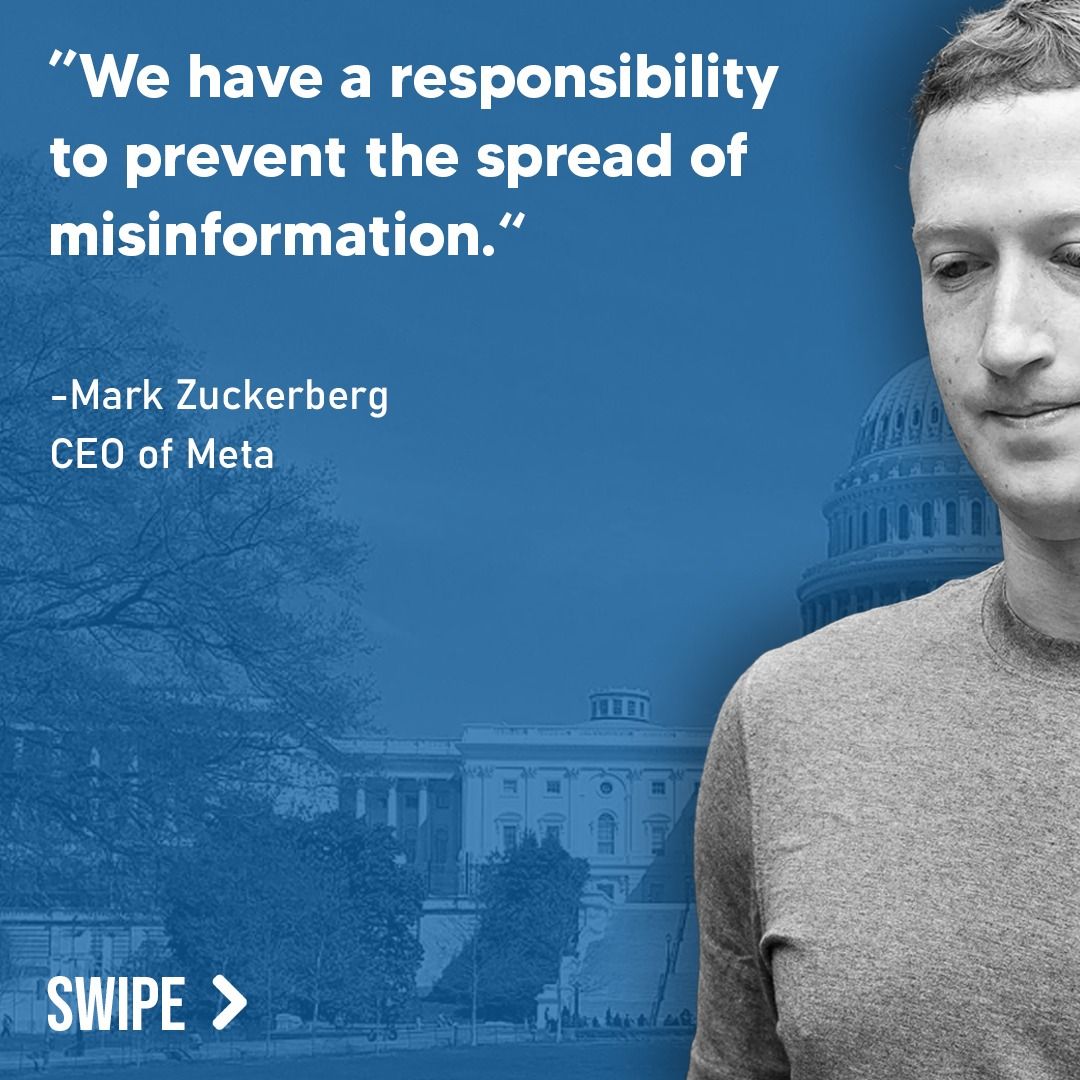
Introduction
A new BBC News article covers the high-level trade talks between the United States and China that recently took place in London. With rare earths and semiconductor access at the heart of the discussions, the article sparked debate among readers. One user submitted an insightful question: What’s stopping China from using rare earth minerals as a permanent advantage in trade standoffs? This fact-check not only evaluates that concern, but also examines several key claims in the article to verify their accuracy and check for bias or missing context.
Historical Context
The U.S.-China trade war formally began in 2018 under the Trump administration, with both countries imposing escalating tariffs on one another. Rare earth elements—essential for modern technologies like smartphones, wind turbines, and defense systems—have been a flashpoint due to China’s dominance in the sector. U.S. restrictions on Chinese access to advanced semiconductors, particularly those related to AI and national security, have further sharpened tensions. While temporary truces have occurred (notably the 2023 Geneva talks), mutual accusations of deal violations have fueled an ongoing geopolitical and economic rivalry.

Claim 1: “China mines 69% of the world’s rare earths.”
This claim, attributed to a fund manager quoted in the article, is accurate. According to the U.S. Geological Survey’s 2024 Mineral Commodity Summary, China was responsible for approximately 70% of global rare earths mine production in 2023. China also controls a significant portion of global processing capacity—over 85%—making its control over this market not just robust but strategic. While other countries like Australia and the U.S. have increased production, China’s dominance remains a key leverage point, particularly in global trade discussions involving technology.
Claim 2: “Beijing said US violations… included stopping sales of chip design software and cancelling visas for Chinese students.”
This claim is mostly accurate. The U.S. has taken several actions to restrict technology transfers to China. In August 2023, the U.S. Department of Commerce expanded export controls to limit Chinese firms’ access to advanced chip manufacturing technologies, including chip design software. Additionally, visa denials for some categories of Chinese graduate students and researchers have been reported under national security justifications, especially in high-tech and STEM sectors. These actions have been publicly acknowledged by U.S. officials and reported in nonpartisan outlets such as Reuters and the Associated Press.

Claim 3: “Tariffs peaked at 145% during the height of the trade war.”
This is misleading. The article’s claim that tariffs “peaked at 145%” lacks context and appears to exaggerate. The highest average tariff rates imposed by the U.S. on Chinese goods peaked at around 21% during the Trump administration, according to the Peterson Institute for International Economics. Meanwhile, China imposed retaliatory tariffs averaging up to 25–30% on U.S. goods. There are individual products that may have faced cumulative rates near 100%, including some agricultural goods and industrial components. However, the quoted “145%” seems unfounded across aggregate data, leading to significant confusion about the true scale of the trade war.
Claim 4: “Rare earth exports from China are being released at a higher rate, but not as high as agreed.”
This claim is plausible but unverifiable based on available public data. Though the article cites White House economist Kevin Hassett asserting that China is releasing rare earth exports more rapidly, exact metrics have not been published by neutral monitoring agencies. China’s Ministry of Commerce did confirm some export licenses were approved but withheld detailed breakdowns. Without transparent statistical reporting from China’s customs authority or the World Trade Organization, there is insufficient evidence to fully assess export rates against the Geneva agreement referenced.

Conclusion
While the BBC article is largely factually consistent and rooted in credible sourcing, it contains a notable overstatement concerning tariff levels and could benefit from greater precision around strategic trade metrics. As for the user’s question—why does China not always leverage its rare earth control whenever talks sour—the answer likely lies in geopolitical risk. Over-weaponizing rare earths could prompt global customers to accelerate diversification, reducing China’s future leverage. So while rare earths serve as a powerful card, using them too frequently could backfire economically and diplomatically—making it a carefully managed strategy rather than a permanent default. Overall, the article demonstrates a moderate level of accuracy with minor exaggerations and missing context.
Take Action with Confidence
Get straight to the facts. Download the DBUNK app and arm yourself against misinformation. You can also follow us on social media and submit your own article for a fact-check—it’s fast, impartial, and always free.

Visit the Original Article
https://www.bbc.com/news/articles/cql2x6d2zkgo

